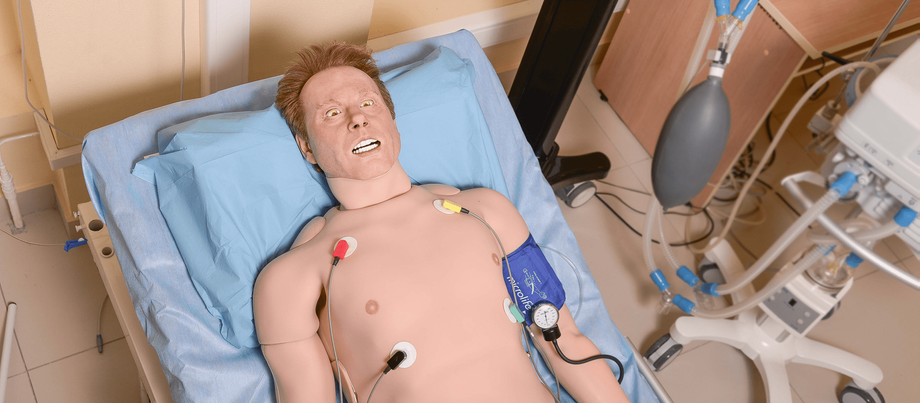Enhancing Medical Training with Hi-Fidelity Patient and Trauma Care Simulators
In the ever-evolving healthcare field, the need for advanced training methods is paramount. Hi-fidelity patient simulator and trauma care simulators are revolutionizing how medical professionals learn and practice their skills. These sophisticated tools provide realistic and immersive environments for training, ensuring that healthcare providers are well-prepared for real-life situations.
Hi-Fidelity Patient Simulators: Bridging the Gap Between Theory and Practice
Hi-fidelity patient simulators are highly advanced, life-like mannequins equipped with features that mimic human responses. These simulators are designed to provide realistic scenarios for medical training, allowing healthcare professionals to practice and refine their skills in a controlled environment. Here are some key benefits of using hi-fidelity patient simulators:
Realistic Training Environment: Hi-fidelity patient simulators can exhibit a wide range of physiological responses such as breathing, heartbeats, and even speech. This realistic environment helps trainees to practice their skills and decision-making processes under pressure, just as they would in a real clinical setting.
Safe Learning Space: Mistakes are an essential part of the learning process. With patient simulators, trainees can make errors without the risk of harming actual patients. This allows for repeated practice and mastery of procedures.
Scenario-Based Training: These simulators can be programmed to simulate various medical conditions and emergencies. Trainees can experience and respond to a wide range of scenarios, from routine check-ups to complex surgical procedures and critical care situations.
Interdisciplinary Training: Hi-fidelity simulators provide an opportunity for different healthcare professionals to train together. Nurses, doctors, and other medical staff can work as a team, enhancing their communication and coordination skills.
Immediate Feedback: During and after simulations, trainers can provide immediate feedback, helping trainees understand their mistakes and learn how to correct them. This real-time feedback is crucial for effective learning and skill improvement.
Trauma Care Simulators: Preparing for the Unpredictable
Trauma care simulators are specialized training tools designed to prepare healthcare providers for emergency and trauma situations. These simulators are essential for training in high-stress environments where quick decision-making and efficient teamwork are crucial. Here’s how trauma care simulators benefit medical training:
High-Stress Scenario Training: Trauma care simulator are built to create high-pressure situations that mirror real-life trauma cases. This includes scenarios like car accidents, natural disasters, and violent injuries. Trainees learn to manage their stress and perform effectively under pressure.
Critical Decision-Making: In trauma care, the ability to make rapid and accurate decisions can be the difference between life and death. Simulators provide a platform for trainees to practice making critical decisions quickly and effectively.
Team Coordination: Trauma care often involves multiple healthcare providers working together. Simulators facilitate team-based training, allowing each member to understand their role and improve their collaboration skills.
Advanced Procedural Training: Trauma simulators can be used to practice advanced procedures such as intubation, chest tube insertion, and emergency surgeries. This hands-on practice is invaluable for mastering complex skills.
Post-Simulation Debriefing: After a simulation exercise, debriefing sessions allow trainees to discuss what happened, analyze their performance, and receive constructive feedback. This reflective practice is essential for continuous improvement.
Hi-fidelity patient simulators and trauma care simulators are transforming medical education by providing realistic, immersive, and safe training environments. These tools enable healthcare professionals to hone their skills, improve their decision-making abilities, and enhance their teamwork and communication. As technology continues to advance, the use of these simulators will undoubtedly become even more integral to medical training programs, ultimately leading to better patient care and outcomes.
By investing in high-fidelity patient simulators and trauma care simulators, medical institutions are taking a significant step towards preparing their staff for the complexities and challenges of real-world healthcare.
For more information: https://www.mavericsolution.com/



Comments
Post a Comment